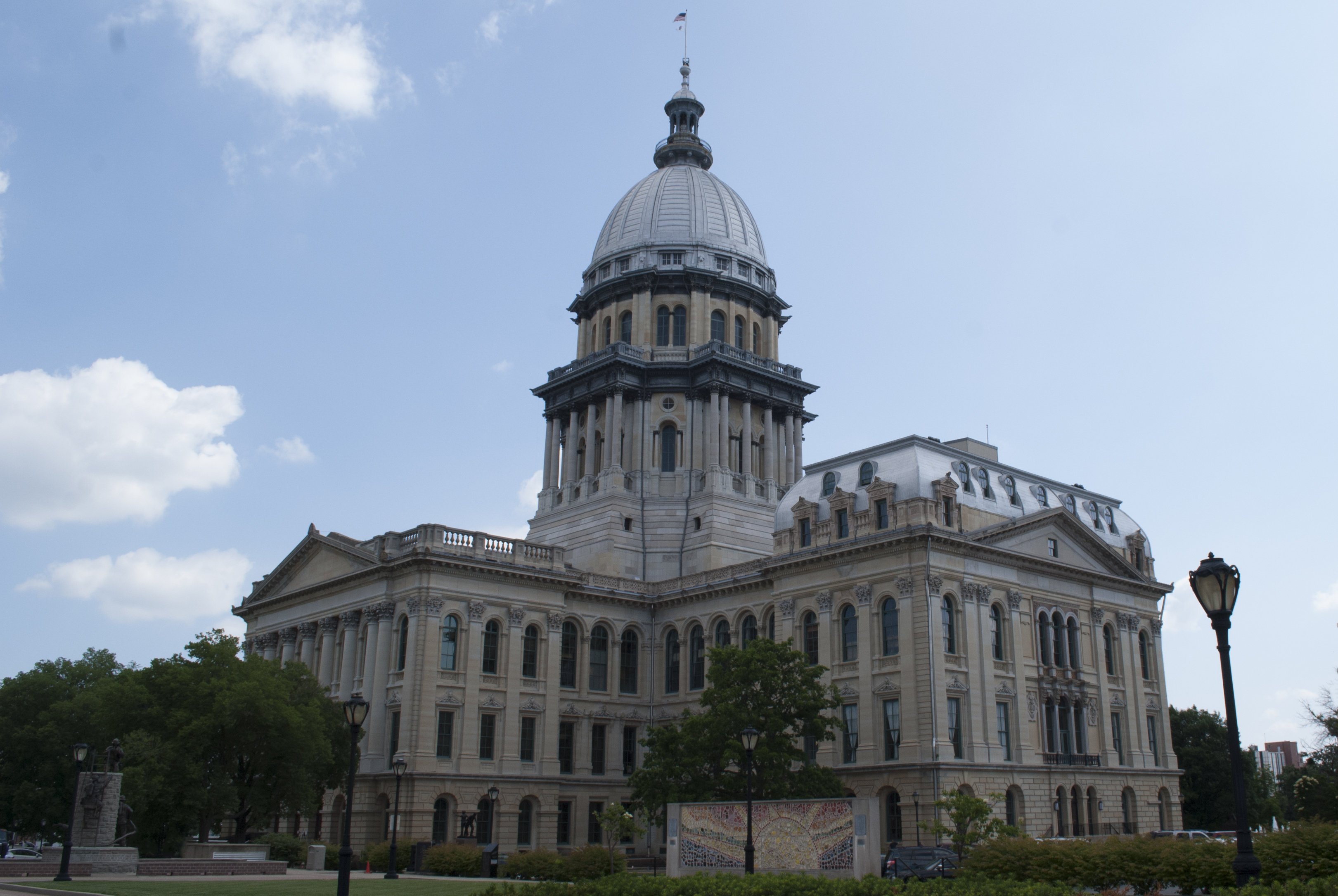Springfield, IL - Teachers’ Retirement System has begun the complicated process of creating a new Tier 3 “hybrid” benefit structure for future members, in compliance with a new state law enacted in July by the General Assembly.
Based on preliminary planning conducted over the last few months, TRS anticipates that the earliest date that Tier 3 may be implemented for members is July 1, 2019. The TRS Board will establish the final implementation date of the Tier 3 plan.
The new benefit structure does not affect active Tier 1 members or retired members in any way. There are no changes to Tier 1 benefits, active member contributions or health insurance coverage.
Constructing a first-ever “hybrid” retirement benefit
The process of creating Tier 3 is complicated because TRS has never before administered a “hybrid” retirement plan that has two distinct and separate parts – a small life-long “defined benefit” (DB) pension and a “defined contribution” (DC) plan similar to a 403(b). Since its creation in 1939, TRS has administered only defined benefit pensions for its members.
Successfully administering a hybrid plan will require extensive modifications within TRS that include new information technology systems, a new structure for member accounts, enhancements to existing TRS reporting systems, alterations to the structure of the TRS investment portfolio and enhanced communications efforts to members.
Planning, building, testing and implementing all of these changes will take many months.
Tier 3 details
- Once Tier 3 is implemented, all new TRS members automatically will be placed in Tier 3, but they will have a one-time opportunity to switch to Tier 2.
- After the activation date, all existing Tier 2 members will have the option of permanently joining Tier 3.
- Members will make payroll contributions to their DB pensions that are based on the full cost of this part of the benefit, but no more than 6.2 percent of salary. The DB contribution rate for Tier 3 active members will be re-evaluated and changed annually, if necessary.
- Members will contribute a minimum of 4 percent of their pays to the DC portion of the plan.
- Normal retirement age is determined by Social Security rules, but it will be no earlier than age 67.
- The Tier 3 calculation for an initial pension is Service Years multiplied by Final Average Salary (FAS) multiplied by 1.25 percent. For comparison, the Tier 1 and Tier 2 initial pension calculation is Service Years multiplied by FAS multiplied by 2.2 percent.
- The Final Average Salary (FAS) used in the initial pension calculation is the member’s average salary during the last 10 years of service. By comparison, the Tier 1 FAS is the highest four consecutive salaries out of the last 10 years of service and the Tier 2 FAS is the highest eight consecutive salaries out of the last 10 years of service.
- The automatic annual increase (AAI) is similar to the Tier 2 AAI – one-half of the previous year’s consumer price index, not compounded. The Tier 1 AAI is 3 percent annually, compounded.
- Local school districts, rather than the state, will bear the primary burden of making the “employer contributions” to both the DB and DC plans in Tier 3. Beginning in 2021, school districts annually will pay 2.58 percent of their TRS member salaries to the System for the DB benefit and between 2 percent and 6 percent of each individual member’s pay to the System for the DC portion.
